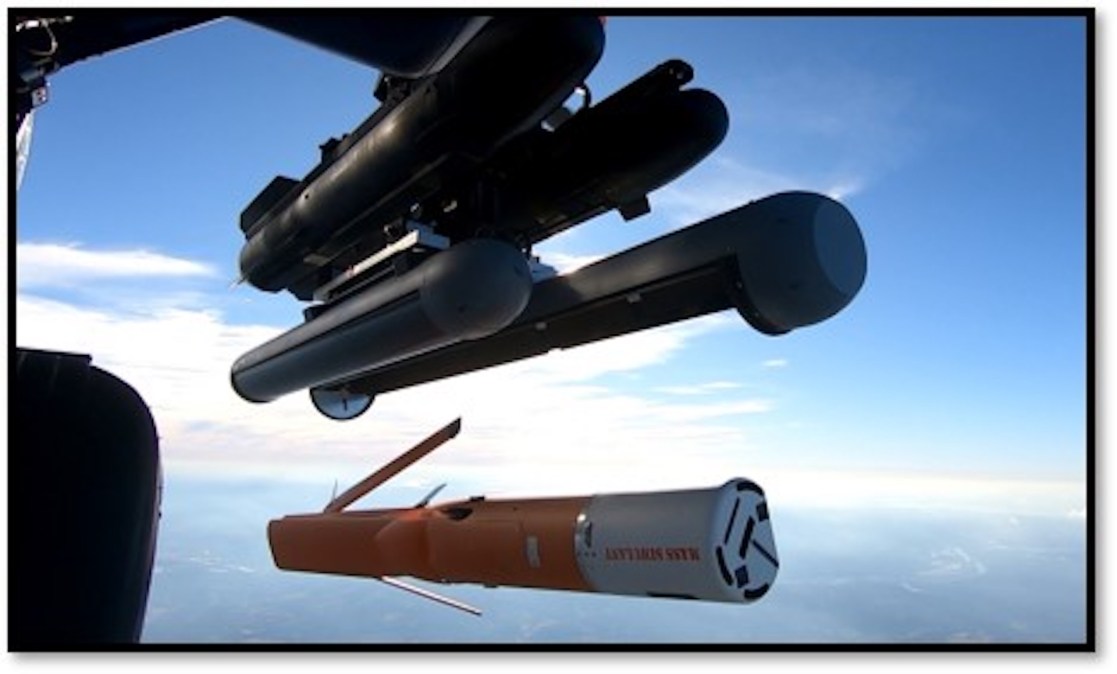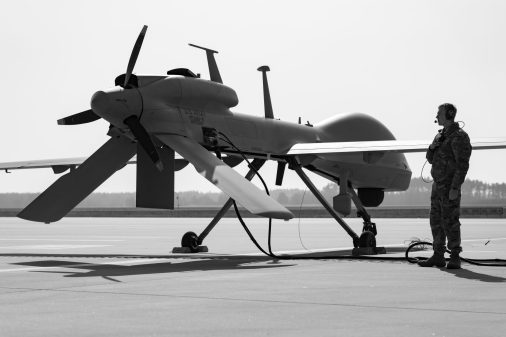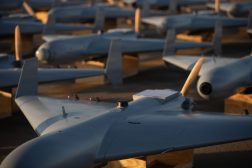Army issues solicitation for ‘launched effects’ autonomous drones

The Army released a solicitation Tuesday for so-called launched effects systems amid a broader push by Defense Secretary Pete Hegseth to pressure the U.S. military services to quickly ramp up their arsenal of autonomous drones.
Last month, Hegseth issued a directive on “Unleashing U.S. Military Drone Dominance” to senior Pentagon leadership, combatant commanders and directors of defense agencies, referring to small unmanned aerial systems as “the biggest battlefield innovation in a generation.”
The edict called for arming combat units with a variety of “low-cost drones made by America’s world-leading engineers and AI experts,” more widely integrating UAS into training exercises and rapid scaling small UAS across the joint force by 2026, among other requirements.
The new Army solicitation for launched effects noted that Army leadership has directed the project manager for uncrewed aircraft systems to field the drones to every Army division and Multi-Domain Task Force in 2026.
The program executive office for aviation and PM UAS are looking for vendors to provide “attritable” drones that can be networked, deployed from aircraft or ground-based platforms, and perform a variety of missions such as reconnaissance, electronic warfare, communications relay and strike.
The Army plans to use a challenge-based other transaction agreement sourcing model to select solutions via the One Nation Innovation (ONI) Marketplace, to enable more nimble acquisition.
“The objective of this effort is to rapidly procure and issue LE systems that are interoperable, modular, and ready for operational evaluation. LE systems must include complete systems of air vehicles, payloads, launchers, and supporting ground elements to include system controllers and datalinks,” officials wrote in the solicitation, noting that initial awards will be prioritized to companies that can deliver systems within four to six months from reaching an agreement with the Army.
Priority capabilities for the solutions include a minimum operating range of 40 kilometers with additional time on station; the ability to operate electro-optical/infrared sensors and “detect, identify, locate and report” (DILR) payloads to collect, process, and transmit intelligence, surveillance and target acquisition; and “operate inert lethal payloads to engage designated targets.”
The systems should be able to autonomously execute assigned missions without requiring direct intervention from human operators, while also giving soldiers the ability to “conduct dynamic re-tasking of individual and groups of LEs during mission execution,” according to the solicitation.
Secondary capabilities that the Army desires for the launched effects systems include the ability to operate live lethal payloads to engage designated targets; use radio frequency and DILR payloads to collect, process, and transmit intelligence, surveillance, and target acquisition; conduct electronic attack operations to disrupt, degrade, or deny adversary communications, radar, or navigation systems; serve as decoys; and perform as communications relay nodes.
Officials are interested in onboard aided target recognition and a “growth path” to automatic target recognition.
Autonomous swarming capabilities are also desired.
“The collaborative behavior shall allow for missions to be conducted utilizing multiple LEs to overwhelm and neutralize a threat(s). LE groups conduct planned and automated missions by coordinating timing and sequencing of sensors and effects. The system provides ability to maintain operations as a group in continuously denied communications environment,” per the solicitation.
Additional capabilities on the wish list include a “dash speed” greater than 120 knots and time on station at 40 kilometers, 100 kilometers and 200 kilometers, as well as stealthy features — such as reduced radar cross section, visual, thermal, or acoustic signatures — for low observability, among others.
Vendor responses to the solicitation are due Aug. 20.
“The initial award may be augmented with additional awards pending successful testing, mission fit, and future integration needs,” officials wrote. “To incorporate the rapid technology insertions for LE systems, PM UAS intends to reopen this challenge with additional capabilities at least every 6 months for the purpose of meeting identified operational threats.”






